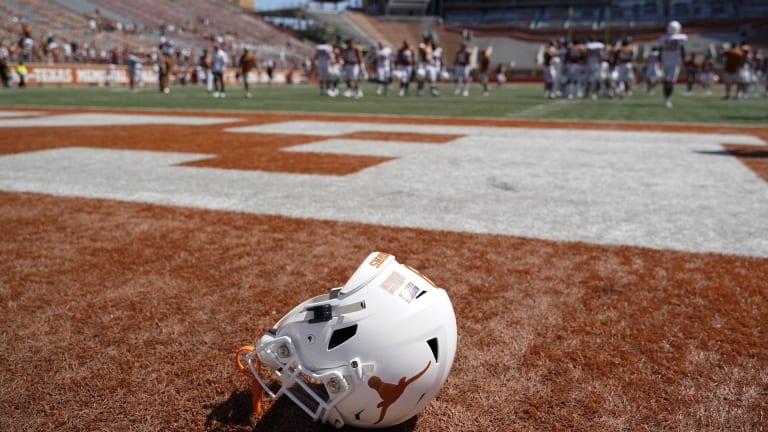
A Jersey Guy: CFB Needs some old new faces
The recent decision by college football to expand its playoff system from four to 12 teams was the right thing to do.
That it will not happen until 2026 could be a problem and the college university presidents, recognizing that literally billions of dollars in revenue would be squandered by waiting that long, have "urged'' the college athletic administrators to get things in place by 2024.
Again, it was another positive move by college football which has been reconstructed in the past few years with a transfer portal system which virtually creates free agency for the players and a Name, Image and Licensing agreement which is finally getting money to the players.
But what college football needs most is new faces among its elite.
If there is a somewhat valid criticism from college football's casual fans who pick up the sport in the post season it is that having the same group of -which include Alabama, Ohio State, Clemson, Georgia, Notre Dame, LSU, and Oklahoma--simply rotate their spots each season is boring.
So is the domination of the SEC which has had a staggering 5 national champions in the last seven years and a participant in the national championship game each of the past seven seasons, including a pair of all SEC national championship games.
While there is no guarantee that expanding the playoffs from four to eight, 12 or even 16 teams will put different teams in the championship games, CFB clearly needs to expand its inventory of quality programs.
It wasn't all that long ago--20 years, which may be ancient in the social media world which now exists--there was a wide variety of contenders.
From 2002 through 2007, 16 different teams were ranked in the Top 5 in the final polls.
You ranged from Miami, to Oklahoma, to USC, to Texas, to Florida to LSU and then finally Alabama.
The current landscape is not as encouraging.
The SEC still reigns as king. But the Pac-12 has been a ghost, the Big 12 outside of Oklahoma is a no show, the Big Ten has had only Ohio State and the ACC has had only Clemson.
Missing are some familiar iconic programs such as USC, Texas, Miami, Nebraska Michigan and Florida State.
None have been factors for the past decade, although Michigan under embattled Jim Harbaugh took a giant leap forward last season.
It's only a week into the 2022 season, but there are signs that is changing.
Miami, with new coach Mario Cristobal has gone on a spending splurge in talent and facilities and perhaps commitment. We will see how far the Canes' have climbed back when they travel to Texas A&M on Sept. 17.
FSU is 2-0, which may not sound like a big deal, but the Seminoles haven't had a winning record since 2019 and a victory over LSU on Monday night was another positive step.
USC now has former Oklahoma coach Lincoln Riley running the program and the Trojans appear to be on the verge of also re-entering the rankings race.
The picture is more clouded at Texas, which now has former USC head coach and Alabama offensive coordinator Steve Sarkasian in charge, but a home game against Alabama on Saturday may be at least a temporary set back.
Nebraska with embattled coach Scott Frost seems the furthest away from respectability, although we are holding out hope that the infusion (without interference from Frost) of new offensive coordinator Mark Whipple will put the Huskers in the right direction.
A home game against Oklahoma in a few weeks will be the signal post game.
No matter what happens, Ohio State, Georgia, Alabama and Clemson are going to remain the elite programs in college football, but there may be a few more chairs added to the table in the next few years.
And having some old familiar faces will make it even better.